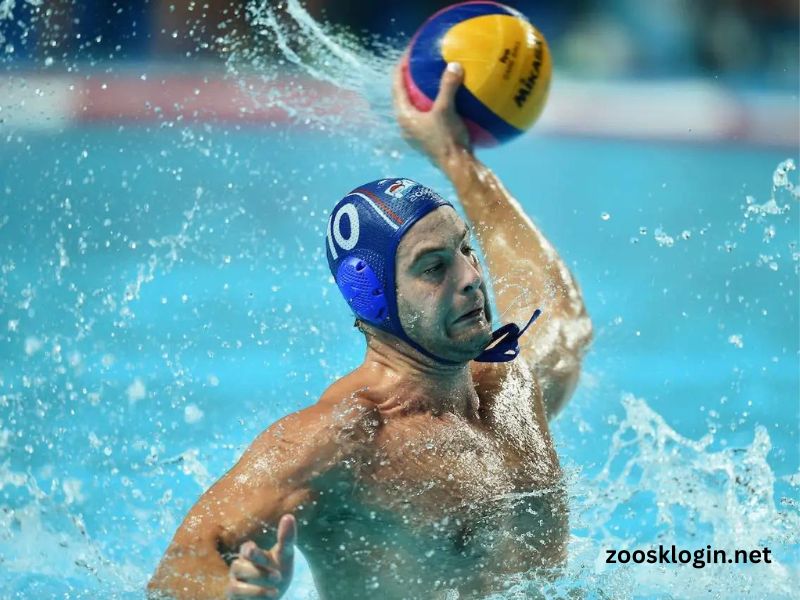The Summer Olympics, a global multi-sport event held every four years, showcases a wide array of sports that celebrate athleticism, competition, and international camaraderie. As nations come together to compete, the Summer Olympics have become a stage for athletes to display their skills, often leading to breathtaking performances and memorable moments. This article explores the various sports included in the Summer Olympics, highlighting their history, significance, and the essence they bring to the Games.
The Structure of the Summer Olympics
The Summer Olympic Games, organized by the International Olympic Committee (IOC), feature a diverse range of sports, each with its unique rules, histories, and fan followings. The number of sports can vary from one edition of the Games to another, but the core group of sports tends to remain consistent, with occasional additions and removals based on popularity and global participation.
Core Sports
The following is a detailed overview of the major sports included in the Summer Olympics:
1. Athletics
Often considered the centerpiece of the Olympics, athletics encompasses a variety of track and field events. This category includes sprints, middle-distance races, marathons, hurdles, relays, and field events like long jump, triple jump, high jump, and pole vault. Athletics has a rich history, dating back to the ancient Olympic Games in Greece. The sport epitomizes human endurance, speed, and strength.
2. Swimming
Swimming has been part of the modern Olympics since the first Games in 1896. Events are contested in various styles, including freestyle, backstroke, breaststroke, and butterfly, across different distances. Swimming is known for its thrilling races and record-breaking performances, often highlighted by athletes like Michael Phelps and Katie Ledecky, who have left an indelible mark on the sport.
3. Gymnastics
Gymnastics combines strength, flexibility, and grace. The sport includes artistic gymnastics, rhythmic gymnastics, and trampoline. Artistic gymnastics features events such as the floor exercise, vault, and balance beam, showcasing incredible feats of strength and coordination. Rhythmic gymnastics emphasizes the use of apparatus like ropes and ribbons, while trampoline gymnastics highlights acrobatic aerial skills.
4. Basketball
Basketball made its Olympic debut in 1936 and has since become one of the most popular sports at the Games. The men’s and women’s tournaments showcase the best teams from around the world, with intense competition and thrilling displays of athleticism. Stars like Michael Jordan and LeBron James have brought significant attention to Olympic basketball.
5. Football (Soccer)
Football, known as soccer in some regions, has been a staple of the Summer Olympics since 1900 (for men) and 1996 (for women). While it may not carry the same weight as the FIFA World Cup, the Olympic tournament features national teams competing for glory, and the Games often see the emergence of new talent.
6. Rowing
Rowing is a historic sport at the Olympics, with roots tracing back to ancient civilizations. Olympic rowing events take place on lakes or rivers, with athletes racing in single sculls, pairs, fours, and eights. The sport demands exceptional teamwork, strength, and endurance.
7. Cycling
Cycling at the Olympics includes multiple disciplines: road cycling, track cycling, mountain biking, and BMX. Each discipline has its unique challenges, from the endurance required in road races to the speed and agility needed in BMX racing. Cycling showcases the versatility and skill of athletes on two wheels.
8. Wrestling
Wrestling is one of the oldest Olympic sports, with its origins dating back to ancient Greece. The sport includes both Greco-Roman and freestyle wrestling, where athletes compete in various weight classes. Wrestling requires not only physical strength but also strategy and technique.
9. Judo
Judo, a martial art developed in Japan, made its Olympic debut in 1964. Athletes compete in weight classes, using throws and grappling techniques to subdue their opponents. Judo emphasizes discipline, respect, and skill, making it a respected sport on the Olympic stage.
10. Fencing
Fencing has been part of the Olympics since the inaugural modern Games in 1896. The sport includes three disciplines: foil, épée, and sabre, each with distinct rules and strategies. Fencing combines agility, strategy, and precision, making it a captivating event to watch.
Emerging and Non-Traditional Sports
In addition to the traditional sports, the Summer Olympics has embraced new and emerging sports to appeal to younger audiences and reflect current trends. These include:
1. Skateboarding
Debuting at the Tokyo 2020 Olympics, skateboarding brought a fresh energy to the Games. With events in street and park styles, skateboarders showcase creativity and skill in a dynamic urban environment.
2. Surfing
Surfing also made its Olympic debut in 2020. Athletes compete in waves, judged on their performance and style. This sport highlights the connection between athleticism and nature, capturing the spirit of adventure.
3. Sport Climbing
Another new addition in 2020, sport climbing combines speed, difficulty, and bouldering disciplines. Athletes scale walls of varying difficulty, showcasing their strength, technique, and mental fortitude.
Team Sports
Team sports are an essential part of the Summer Olympics, fostering collaboration and strategy among athletes. Besides basketball and football, other team sports include:
1. Volleyball
Both indoor and beach volleyball are featured in the Olympics. Indoor volleyball has been an Olympic sport since 1964, while beach volleyball was added in 1996. Both formats require exceptional teamwork, agility, and skill.
2. Handball
Handball has been part of the Olympic program since 1972 for men and 1976 for women. The fast-paced sport combines elements of basketball and soccer, emphasizing teamwork and quick decision-making.
3. Rugby Sevens
Rugby Sevens made its Olympic debut in 2016, bringing a faster and more dynamic version of traditional rugby. With seven players per side and shorter matches, this format is known for its high energy and exciting gameplay.
The Role of the Olympic Games
The Summer Olympics serve not just as a sporting event but also as a platform for cultural exchange and international cooperation. The Games promote values such as excellence, friendship, and respect, inspiring athletes and spectators alike. They encourage nations to set aside their differences and come together in the spirit of competition.
Conclusion
The Summer Olympics encompass a vast array of sports, each with its own rich history and significance. From traditional athletics to emerging sports like skateboarding and surfing, the Games reflect the evolution of athletic competition. As the world continues to change, the Olympic Games adapt, ensuring that they remain relevant and captivating for future generations.
With every Olympic edition, we witness extraordinary moments that transcend sports—stories of perseverance, triumph, and the relentless pursuit of greatness. The Summer Olympics, with its diverse range of sports, will continue to inspire and unite the world for years to come.






